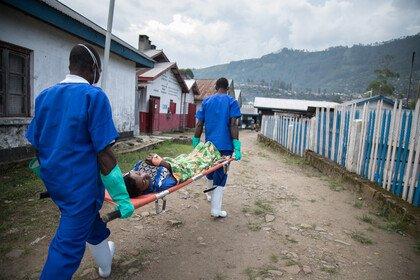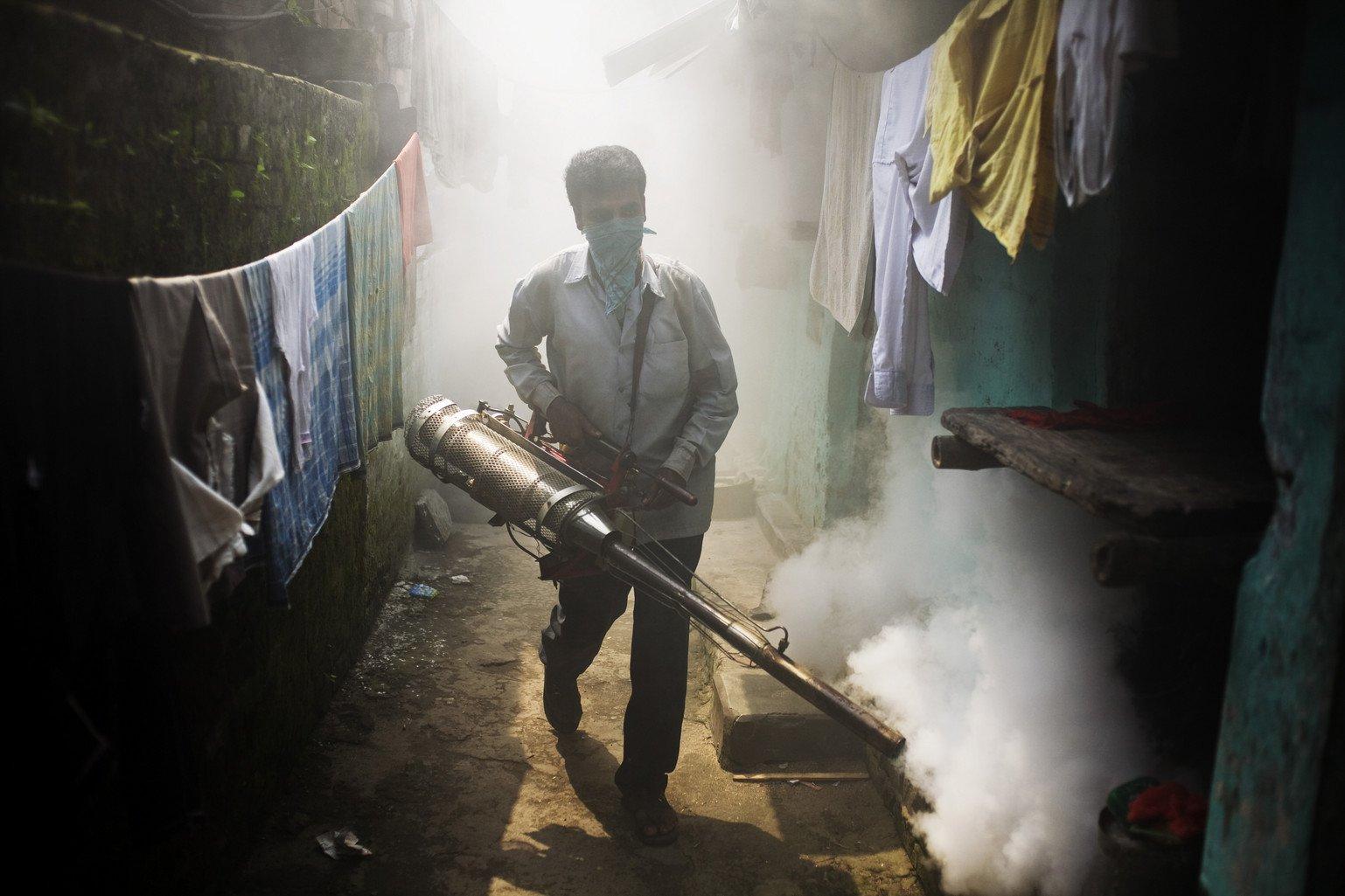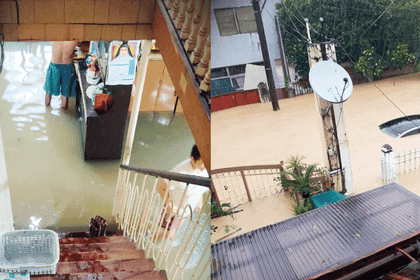
A problem that cannot be ignored
We’re funding vital research into the impact climate change has on human health around the world, at national, regional and global levels. Explore our current funding call:
Advancing climate mitigation solutions with health co-benefits in low- and middle-income countries
About 80% of the global human population lives in an area at risk from at least one vector-borne disease. These diseases are largely linked to poverty and inequality, and many are chronic, disabling, and stigmatising, which perpetuates these issues.
Over the past three decades, some previously controlled diseases have spread and gradually affected once disease-free areas (for example, the African highlands) while resurging in places where they had subsided for decades.
Vaccines and treatments to prevent and control some of these diseases are scarce and often ineffective. There are also increasing reports of resistance to insecticides.
In addition, there are serious concerns that climate change will intensify vector-borne disease transmission and incidence, putting more people around the world at risk.
What are vector-borne diseases?
Vector-borne diseases are infections that are transmitted to and between humans by organisms or vectors.
These vectors can include:
- mosquitoes (malaria, dengue, Zika)
- sandflies (leishmaniasis)
- black flies (Onchocerciasis)
- fleas (plague)
- triatome bugs (Chagas disease)
- ticks (Lyme disease)
- aquatic snails (schistosomiasis).
Climate change and key contexts that impact disease
Vector-borne transmission depends on complex interactions between the vectors, the pathogens and the environment.
Climate can limit where, when and how many vector-borne transmissions occur.
In general, warmer temperatures create more opportunities for diseases to thrive. Understanding the effects of climate on these diseases allows us to anticipate potential changes in risk and prepare effective responses.
As well as climate, factors that can determine the risk of disease include:
- socioeconomic status
- urbanisation levels
- access to preventive measures
- mosquito control interventions.
Because of this, the importance of climate change on future disease risk should be analysed in the context of other global environmental and demographic changes.
Growing global risks
A recent study published in the Lancet Planetary Health estimates that up to 8.4 billion people could be at risk from two major vector-borne diseases, malaria and dengue, by the end of the century if emissions keep rising at current levels. This is a worst-case scenario.
But even in a scenario where emissions are reduced, the estimated population at risk is still considerably high, with 6.1 billion people potentially affected. Most of the people at risk will be concentrated in densely populated urban areas in Africa, South-East Asia and the Americas.
Ideal climate conditions for transmission will increase, particularly in already endemic areas in tropical regions and primarily in lowland and urban areas.
That said, the study also estimates a significant expansion towards higher altitudes and temperate regions where people might never have been exposed to these diseases, and health systems are unprepared for dealing with them. We are already seeing this happen, with local dengue cases emerging in Europe which haven't been imported from historically endemic countries.
This could have major economic and public health implications for countries with no previous experience in managing these diseases.
Data is one of our most powerful tools for understanding the health effects of climate change. But there are gaps in this data – gaps that have real-world consequences for communities living on the frontlines of the climate crisis.
In a Twitter Space conversation, we learn from Wellcome experts Felipe Colón and Alice Bell about these gaps and how they might be filled.
Planning for a warmer world
Limiting greenhouse emissions is likely to result in large reductions in the population at risk of vector-borne diseases.
But at the current rate of emissions, research suggests we need to prepare for potential increases in vector-borne diseases in multiple regions, and plan adaptation interventions for a warmer and more urbanised world.
Some actions we must consider are to:
- ensure robust disease surveillance, monitoring, and early warning systems are in place in potential hotspot areas
- innovate in digital technologies to mobilise the next generation of disease prediction models
- accelerate vaccine and treatment development using novel technologies
- innovate in mosquito control strategies.
Vector-borne diseases have long been a problem in many parts of the world, but it’s still possible – and necessary – to act before they get worse and affect more people.



